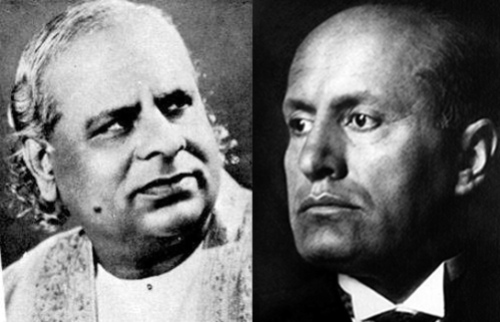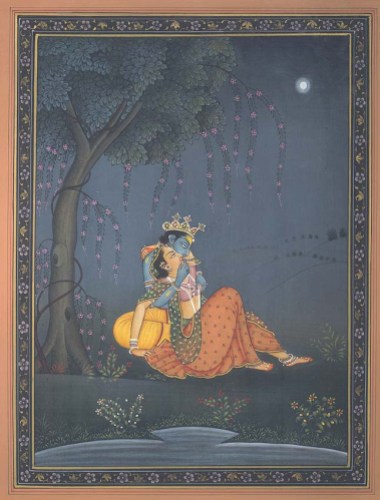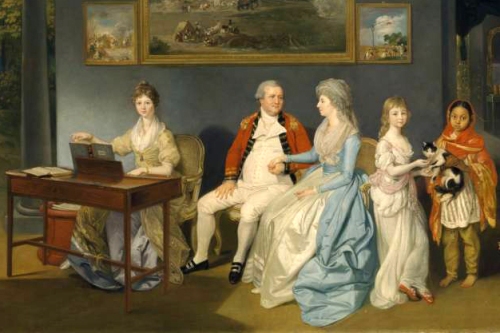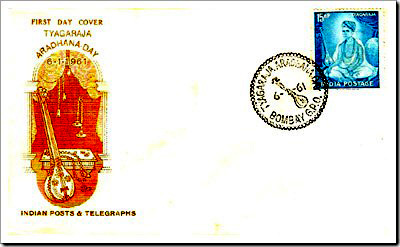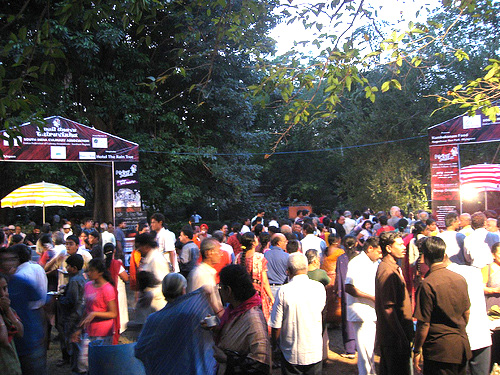C. Saraswati Bai (1874–1974) began studying Karnatak music at the age of 6, and by the time she was 9 her exceptional talent was so evident that the harikathā guru Tiruvaiyaru Krishnachar took her under his wing.
By the age of 11 she was gaining local notoriety, and as it became clear that she was contemplating a professional career the established performers of this male-dominated genre moved to undermine her, effectively blackmailing performance venues into refusing to engage her. Saraswati persevered, and public support for her grew; at last, those who had sought to squelch her career relented and tried to make amends.
In early 1911 she embarked on a highly successful tour of India and Sri Lanka, and by the age of 22 she had become one of the most acclaimed harikathā performers of the time.
From 1913 through the 1930s Saraswati traveled almost continually, performing standing up for six to seven hours in a different town each night. She recorded nine successful records for Odeon, and often performed on the radio; she was also in great demand for performances at weddings. At the height of her career she earned 2000 rupees each night, more than any other harikathā performer at that time.
From the 1940s until the early 1960s Saraswati performed less and less, due partly to a decline in audiences with the advent of sound films, and partly to the intense physical demands of traveling and performing. She took a keen interest in developing cultural organizations, and was an ardent supporter of Gandhi.
This according to “C. Saraswati Bai” by Sriram Venkatakrishnan (writing as Sriram V; Sruti 262 [July 2006] pp. 21–31 and 263 [August 2006] pp. 17–38). Below, one of her Odeon recordings.


